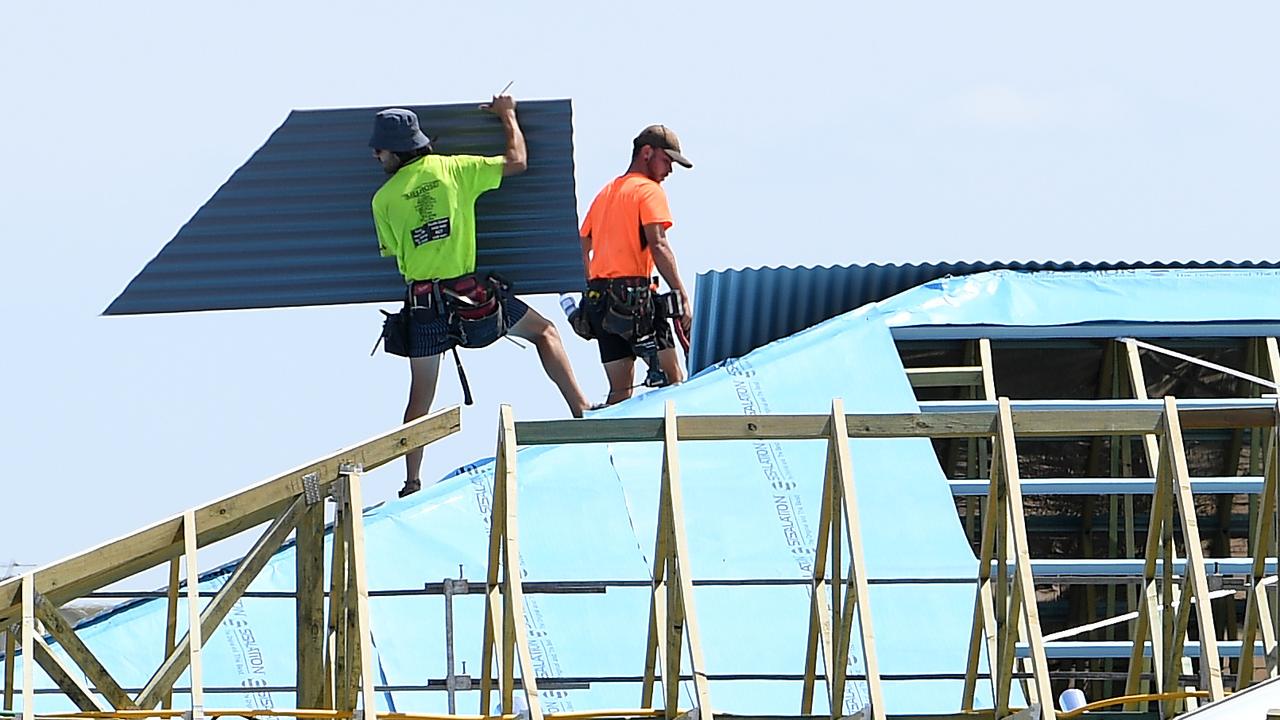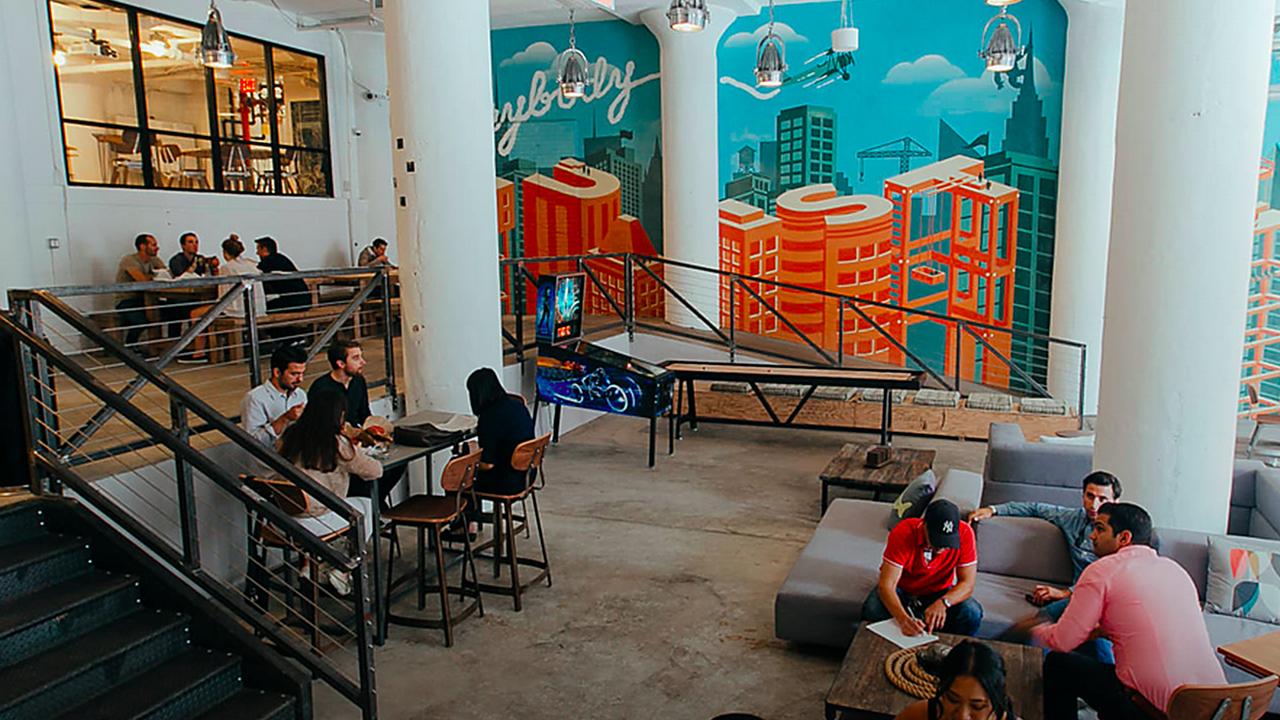We should come to our census on this matter of who works hardest
HOW many times have you been in a meeting or at a seminar or conference and someone has pronounced that "in today's fast-moving world ...", or, "as the pace of change accelerates ..."
It seems to us that every year the pace of business gets faster and the amo*unt of work we complete is greater.
But is this really the case or is this just another example of what I call "the chauvinism of now"?
By this I mean that the reason we are able to say we are working harder now than at any time in the past is that the workers from the past are not present to defend themselves.
If the pace of work was truly accelerating as everyone seems to think, then the workers of, say, 1999 must have been positively slacking.
And yet this is clearly not the case when you look at the number of hours worked by the Australian workforce over time.
At the 2006 census the average worker put in 37 hours a week; 20 years earlier the average worker laboured 38 hours in a week.
There are some definitional problems between the censuses, so the way to interpret the figures is to assume there has been no real change.
But if there has been no real change in the hours worked over a quarter of a century, then who is working hardest?
Again the census is instructive.
Although the overall average hours worked is now 37 this number rises to 39 in the peak working years of 25 to 49.
And men complete 42 hours of paid work every week whereas women complete 32. Interestingly, there were 196,000 people aged over 65 in 2006 who managed to put in an average of 31 hours during the census week.
I suspect this number of older workers and their workload is on the increase, partly because they have to work because of the diminution of the value of annuities and because many like the idea of continuing to work in some capacity.
But the nation's hardest workers (in paid work) are not in the cities, but in remote Australia.
More than 1000 workers at Ravensthorpe near Esperance in Western Australia put in an average 48 hours during census week.
And soldiers at Canberra's military college Duntroon weren't too far behind, putting in an average of 47 hours.
Other places where long hours are the norm include Nhulunbuy (45 hours) in the Top End, Ashburton (46 hours) on the North West Shelf and Coolgardie (46 hours) near Kalgoorlie.
Interestingly, there are no metropolitan communities that compare with resource towns for the sheer number of hours worked each week.
But to some extent this is a reflection of the mix of work.
Mining and military communities are dominated by full-time work and the volume of work is boosted where part-time work is squeezed out by full-time work.
Nevertheless, the fact remains that if anyone has the right to complain about how hard they work (at paid work) it is miners and soldiers.
Would everyone else please stop whingeing.
But this still raises the issue of who in our capital cities works the hardest.
In most capital cities the hardest working communities are in the CBD or on its fringe.
The inner-city residents of Sydney and North Sydney typically work more than 42 hours a week whereas in free-spirited Byron Bay the average is just 33 hours.
This makes "The Bay" one of this nation's most relaxed places, since not many towns have a lower commitment to paid work.
In Melbourne, it's the residents of Port Melbourne who do the hardest yakka, putting in an average of 42 hours paid work each week.
However, on the seachange Mornington Peninsula work slows down to an average of just 34 hours a week.
In Brisbane, the pattern is a little different because its hardest workers live in the inner-city apartment haven of Newstead, where workers put in at least 43 hours a week.
On the other side of the city, in upmarket St Lucia, the average is just 29 hours, even less than Byron Bay.
About 5km and a very different attitude to work separate Newstead from St Lucia.
Residents of Perth's CBD work hardest in that city, clocking up an average of 41 hours, whereas in the genteel suburb of Peppermint Grove the average drops to 36 hours.
The average weekly hours worked drops to just 34 in the Shire of Denmark, about 350km south of Perth and often billed as the west coast's Byron Bay.
In South Australia the hardest workers are to be found on the Coorong, where the average is 41 hours a week.
On the other hand, those less troubled by the need to work cluster on the Fleurieu Peninsula's Yankalilla (34 hours) where the hours worked are more in keeping with those of Byron Bay, Denmark and the Mornington Peninsula.
Of course, I am not really suggesting workers in these places are slacking, because the reason the average hours of work drops is the higher incidence of part-time work.
In fact, some retirees over the age of 65 would favour these locations and, instead of living off annuities, would be inclined to make a part-time contribution to the paid workforce.
But the exercise does highlight the very different experience we have with work, depending on where we live.
The closer to the centre of commerce (such as the CBD), the greater the contribution to the workforce.
Places of moderate contribution tend to follow the seachange coast or include a city's most prestigious suburbs -- such as St Lucia and Peppermint Grove.
From a property perspective, a link can often be drawn between income levels and the local's capacity to leverage up a mortgage.
This model works well for places such as Port Melbourne and Newstead, but it doesn't necessarily hold true for mining towns.
Miners often prefer to spend their housing dollars in a nearby lifestyle town.
On the other hand, just because locals are not giving themselves wholly to work doesn't mean property values are modest.
Byron Bay, for example, operates on an entirely different model, attracting people who have made money elsewhere and who, once there, want to disengage from the workplace.
And that doesn't sound like such a bad lifestyle, provided you can make enough money to be able to withdraw from the workplace.
Bernard Salt is a KPMG Partner; bsalt@kpmg.com.au; twitter.com/bernardsalt


